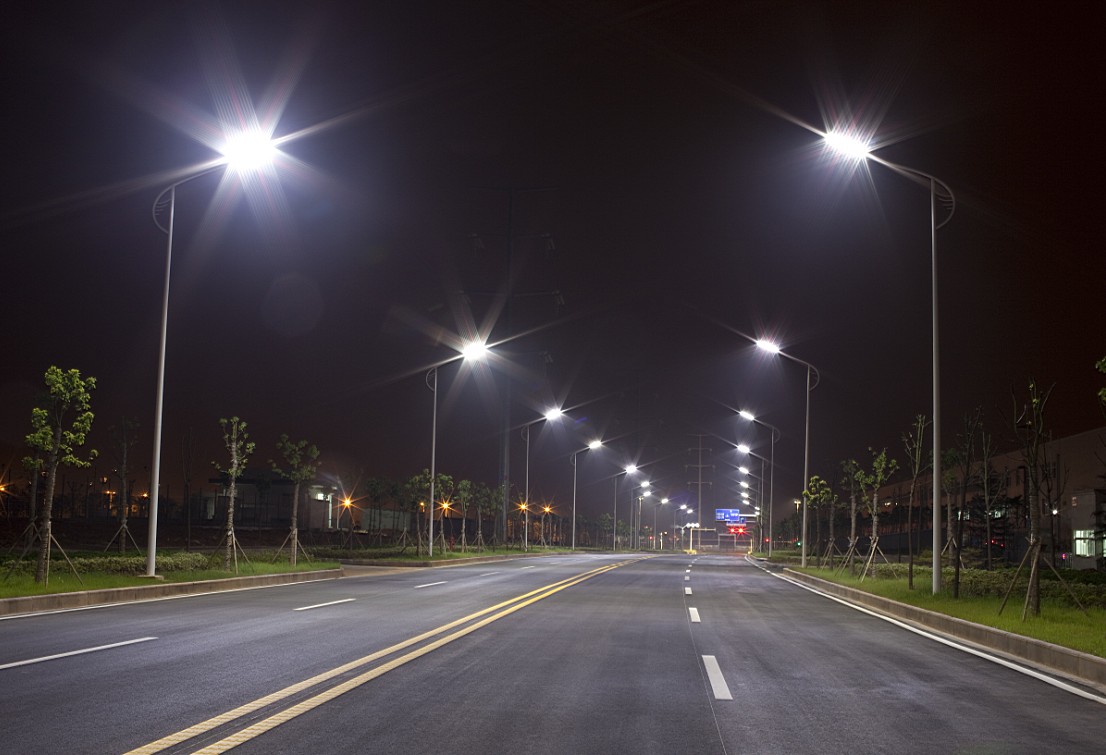Who is embracing LED street lighting?
Posted on December 1, 2014

You can barely flick through a lighting publication these days without stumbling across news that a council have agreed to an LED street lighting upgrade or a council are opting for part-time operation hours of street lighting to save costs.
Many UK councils have realised the benefits of LED technology by undertaking projects to switch to LED street lighting; there are numerous benefits including energy efficiency and cost savings on running cost, reduced C02 emissions, long lamp life and reduced maintenance. Swansea is one such council in the UK that are making the switch, but not every council agrees it is the way forward in reducing energy consumption. Some councils, such as Essex County Council have been sceptical towards such projects.
LED street light installation is beneficial as the technology uses significantly less energy, so with many councils looking at ways to cut their overheads in the long term it seems a wise investment. They also offer excellent colour rendering, glare reduction and higher light output than conventional street lighting – with many commenting that they feel safer under the bright ‘white’ light than the old style orange hues. The LED products in the market designed for street lighting are also finding uses elsewhere; Sedna Lighting recently supplied their ELITE™ LED Street Lights for use in the car park at the depot of Wilkinsons’, the discount retailer.
The City and Council of Swansea has planned a city-wide replacement but has already began renewing many of the city’s 28,000 street lights. Swansea Council’s Head of Corporate Building Property Services, Martin Nicholls spoke about some of the expected benefits, “it is anticipated they [energy savings] will be significant considering the authority has over 28,000 lighting units. The definite benefits besides the energy savings are less maintenance in the future and the light is clear and focussed onto the highway. This reduces light pollution.”
Councils such as Essex, who have opted not to upgrade to LED because of the high initial cost are opting instead to spend £6m installing remotes to be able to switch the lights off, so they only operate part-time. Essex County Hall Chief of Highways Rodney Bass commented, “we have looked into the possibility of using LED lighting. However this would not be economically viable for a county of our size at present”.
Low energy lighting consultant, Dr David Clayton was approached by Sedna for an opinion and stated that he believed funding to be an issue; “some councils can fund their own projects, others have PFI funding, others have access to Salix funding and some have none. The latter have no option but to adopt reactive strategies to replace at the time of failure”.
With high cost and lack of funding often a barrier to adoption of LED in street lighting, it’s pleasing to know that cost is on its way down. Nathan Edwards, Technical Officer at Sedna Lighting commented on how “we’ve seen a steady fall in prices for LED across our range, with our Elite Street Lighting specifically falling to a price more competitive for councils considering a lighting upgrade or for businesses looking to illuminate outdoor areas such as car parks, there is still much debate as to whether this is an affordable for some councils but with many looking to cut costs long term, it’s a sensible investment”.
Looking outside of the UK there have been varying approaches. To get over the initial outlay the city of Vancouver, Canada, have used a ‘replacement model’, switching to LED street lights once older bulbs run out, operating on a need by need basis. Los Angeles in the US have embraced the technology, completing the largest LED street light replacement project in the world in June 2013. This has resulted in a 60% reduction in energy consumption and $7.5m savings per year.
LED is undoubtedly a great way to reduce energy costs over time and improve the safety and quality of lighting on our streets, but it’s still a hot topic as to whether this is affordable across the board – despite the payback for the investment delivered by significantly lower operational costs and reduced maintenance and it may be a few more years until the orange hue of a by-gone era is wiped off our streets for good.
Find out more about Sedna’s range of products suitable for exterior lighting here.
Vapour Proof Fitting nominated as Innovative Industrial Product of the Year
